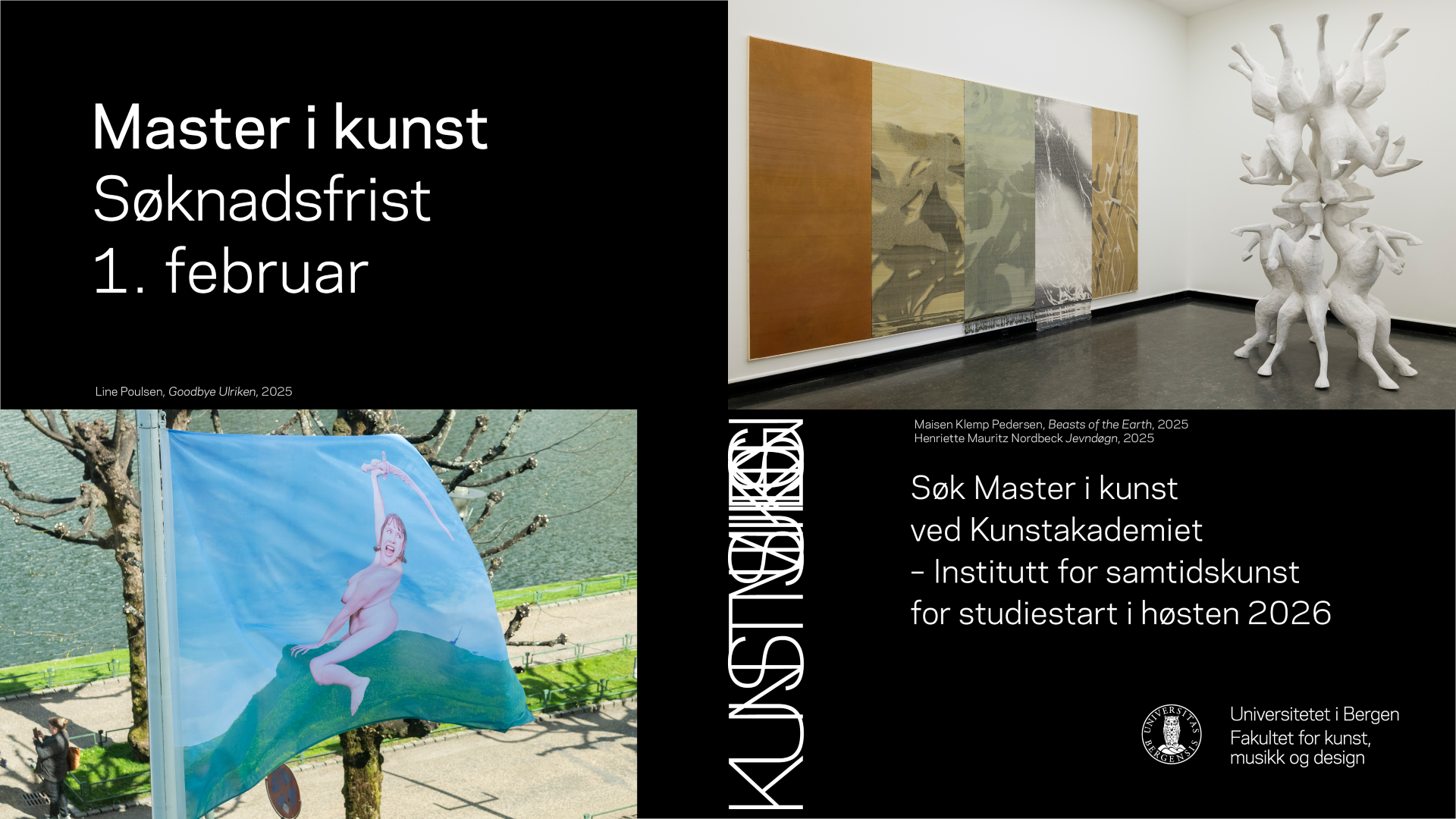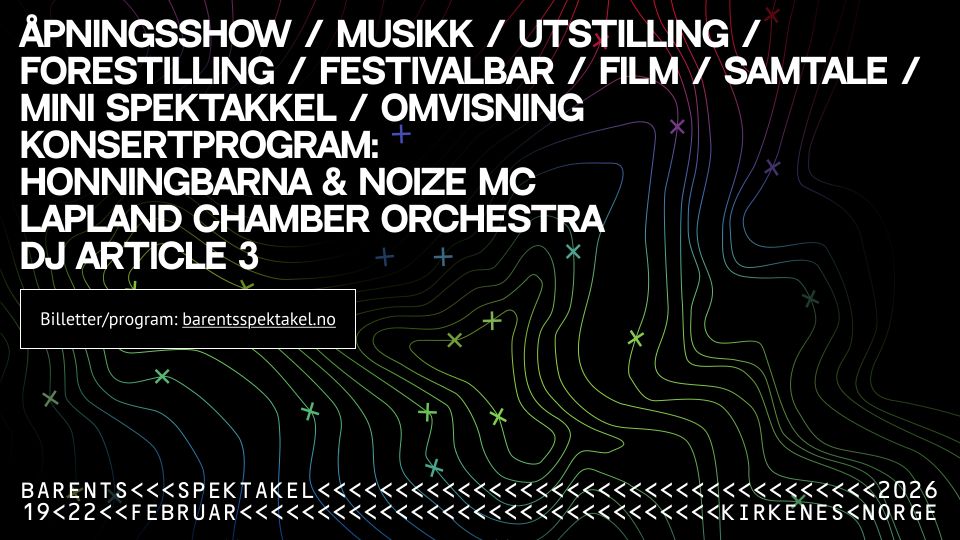
Olafur Eliasson’s exhibition Reality Machines at Moderna Museet in Stockholm is not a retrospective, but it comes close. It encompasses nineteen works from the last twenty-two years, which makes it an excellent starting point for adopting a historical perspective on the artist.
Eliasson (b. 1967) needs no introduction, but let us briefly recap anyway: This Danish artist of Icelandic descent had his debut in the early 1990s while he was still studying at the Royal Danish Academy of Fine Arts in Copenhagen. By the late 1990s he was among the key artists of the Nordic boom seen on the international art scene. This was a generation of artists who were keenly interested in anchoring their experiences within media and consumer culture, and who distanced themselves from the long-established Romantic-expressionist tradition within Nordic art. With this move they also distanced themselves from Nordic nature and the Nordic landscape.
Only a few of these Nordic artists of the 1990s chose nature as their theme. They all chose to foreground historical, ideological and social perspectives: the photographer Torbjørn Rødland hiked around rural Norway carrying in a plastic shopping bag, the installation artist Henrik Håkansson played rock music to insects, and the painter Matts Leiderstam worked with the relationship between pastoral motifs and cruising culture. And then there was Olafur Eliasson, who used nature as a medium for articulating contradictory subjects such as a humane technology, a social institution and an active spectator.

As we can now see at Moderna Museet, this gave rise to a number of works of art that can only be described as visually striking: the lit waterfall Beauty from 1993, the light green Moss Wall from 1994, the swaying fan Ventilator from 1997 and the yellow Room for One Colour, also from 1997. To articulate it bluntly, these works represent the exact opposite of what happened around the same time at Skulpturlandskap Nordland. In Nordland culture became part of nature. In Olafur Eliasson nature became part of culture.
This is what we could call the contemporary moment in Nordic art. Late modernism and postmodernism lost its grip on the Nordic art scene with the arrival of these artists. Nordic artists became assimilated into the international art field. Eliasson’s view of nature as a medium is an excellent metaphor for this situation. However, the contemporary situation offered new struggles and new resistance. The moment that the Nordic art scene finally became international was also the moment when internationalism drew its final breaths. It was replaced by an accelerating globalisation: neoliberalism, digitisation, migration.
Towards the late 1990s Nordic art could choose between three different directions. It could allow itself to be assimilated, becoming part of the contemporary situation, of the market, of the spectacle. It could resist, for example by actively criticising capitalism. Or it could seek for a third path, taking a critical stance on the linguistic and material preconditions that shape how we understand the world in terms of temporality, territory and economics. The Australian art historian Terry Smith describes the latter path as the “art of contemporaneity”.
Before the dawn of the new millennium these questions had not been quite so clearly articulated, but most – including Eliasson himself – would agree that Eliasson was not a traditional critic of established systems. “Not opposing society makes me unpredictable,” he said to Franscesco Bonami in an interview in NU – The Nordic Art Review in 1997. Perhaps he occupied a field located somewhere between the first and third positions: he was assimilated into the contemporary situation while remaining critical of the concepts that make up that situation. One would presume such a position to be subversive, but around the turn of the millennium doubts began to creep in: wasn’t the ambivalent 1990s art essentially a model for late capitalism and neoliberalism – creative, mobile and transgressive in a well-adjusted way? This has been one of the key questions in the reception of Eliasson’s art over the course of the last fifteen years.

How is this question answered in the exhibition at Moderna Museet? Quite unambiguously. The works are installed in close proximity to each other, and most of them appear to be attempts at visual manipulation: kaleidoscopes, reflections, panoramas, labyrinths – all these things are vehicles for the idea of accentuating a sensory experience so that the spectators lose themselves and/or become more aware of themselves. Your compound daylight from 1998 is indeed a vast kaleidoscope, and his recent Less ego wall from 2015 is a confusing proliferation of mirrors even while it is also arranged in accordance with strict geometrical order. The seeing space from 2015 is a glass orb that allows you to look into an adjacent room, and Your condensation from 2013 is a bowl-shaped collection of smaller glass orbs that combine to create a kaleidoscopic effect.
These are supplemented by kinetic works: I only see things when they move from 2004 is a spatial panorama of flickering colour, The sandstorm park from 1999 consists of a hose suspended by the ceiling. When a compressor is switched on, compressed air escapes from the hose, causing it to move across a floor covered in sand. The aforementioned Ventilator applies a similar logic. Placed at the point of entry, it is based on the idea of hanging a desk fan by its cord so that instead of circulating air it moves around itself.

Ventilator offered a very powerful experience seventeen years ago, suspended from the ceiling of the domed hall of the Postfuhramt during the first Berlin biennial in 1998. Here, the work was fascinating and somewhat threatening, a perfect image of the current condition of art and of a Europe full of opportunities. At Moderna Museet in Stockholm we find a smaller version that completely fails to evoke the same level of emotion. The work has been scaled down, domesticated; it acts like an illustration of an idea rather than as the realisation of the full potential of that idea. I would easily have preferred a photograph documenting the Postfuhramt ventilator over this downscaled version.
Of course this may prompt the question: has the work changed, or have we? It is true that the work is smaller here, and that we view the 1990s differently today, artistically and politically. Most importantly of all, however, the site and situation has changed: from a historical, monumental building in Berlin – the imperial postal office – to a democratic centre on the Nordic art scene. We would expect Olafur Eliasson to master and challenge such a change, but he doesn’t; he simply adapts, and that is disappointing.
For it is not as if becoming aware of one’s own sensory impressions makes you free. That is certainly not the case here. Because here, we get the impression that our perception is fully controlled. Our experience is unfree – both socially and intellectually. Socially, because there is a lack of something irregular, transgressive, uncontrollable. And intellectually because of the lack of a firm grasp on the slip between language and reality. In other words, this exhibition has no crisis, and as a result it lacks critical potential. Of course this is something that the spectator might add to the show, but in doing so we would transgress the boundaries of the spectator’s intended role. I envision a spectator who is sick, a saboteur, melancholic or simply operating at the wrong level. But surely that is not the point here? We are supposed to play in the playroom, using construction sets provided by the US corporation Zometool Inc., not in the other parts of the exhibition.

Only in two instances did I find myself sufficiently sick or melancholically disposed to experience that this exhibition opened itself up. The work The sun-filled room is identical to The seeing space: it consists of a 60 cm glass orb inserted into a wall, allowing visitors to view it from two adjoining, but separate rooms. The difference is that here we get to see Room for one colour – i.e. the yellow room – through the glass orb. The sphere is lit up, and we see one work filtered through another. To me, this filtered experience created a sense of distance to Eliasson, to Moderna Museet and to the time of the exhibition that was poignant, beautiful and sad. Like a toppling empire. The vast labyrinth Your body of work conjured up a similar, if deeper sense of melancholy, this time evoking a sense that the democratic potential of Moderna Museets had been simultaneously rediscovered and emptied out. The splendid architecture of the museum’s old main hall carries with it the memories of some of the most important exhibitions and most interesting social experiments in Nordic art history, including Palle Nielsen’s The Model – A model for a qualitative society from 1968. Olafur Eliasson’s labyrinth with its walls made of coloured plastic – cyan, magenta and yellow, the classic colours of print technology – is rather like traversing an enlarged version of the science lab of your old school, as if science 101 + sociality were the meaning of life. However, there is no body, no playfulness, no transgression here; this installation is only meant to be taken in through the eye. While this is fascinating on its own terms, all I register is the freshly sanded pinewood floor and the humming lights overhead as I think about the children who frolicked here back in Palle Nielsen’s day.
The idea of creative man holds a central position in Eliasson’s oeuvre and in this exhibition, as indeed it does in the late-capitalist situation that is an inescapable part of the equation here. Eliasson’s colour labyrinth is flanked by the aforementioned brand-controlled playroom on one side and the film Movement microscope from 2011 on the other. Here we get to follow a day in the work of Olafur Eliasson’s studio in Berlin, home to ninety employees according to Moderna Museet. Among these industrious cultural entrepreneurs Eliasson has included a group of dancers who illustrate or aestheticise the intellectual and physical work made by the artist’s assistants, architects, technicians, accountants and chefs. It could be seen as a contemporary version of Charlie Chaplin’s Modern Times, the difference beeing that Chaplin’s idea of the worker who is consumed by the machine has been replaced by the idea of art, life and work as fully integrated, driven forward by mute aesthetic desire.
Other spectators will certainly take quite different and positive experiences away with them from this exhibition. Just like those visitors who picnicked on the floor in front of The Weather Project in London in 2003: many had their best-ever experience of nature right there under Eliasson’s artificial sun. There, as in this exhibition, Eliasson offered us a perfect image of contemporary perception: utterly controlled and already consumed. Thus, the scariest part of the exhibition Reality Machines is really that it divides its audience into two groups: those who want the world to be just like that, and those of us who wish that another world were possible.



















